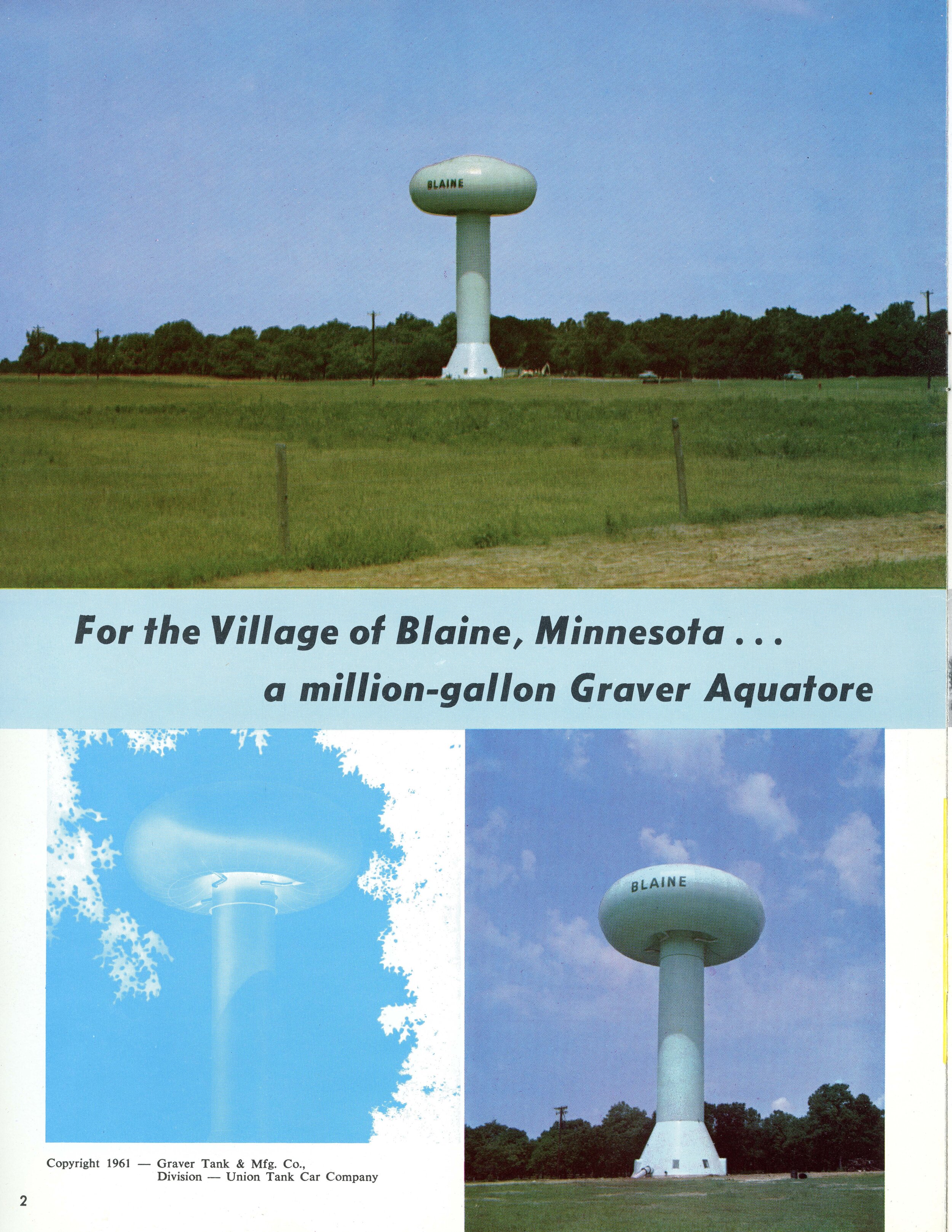History 21 The Podcast - 1.17 Blaine baby announcement!
All bound up and waiting for you! This brand new history of Blaine has come out to play with beloved tales as well as newly discovered gems about Anoka County’s largest city. Join Orville Lindquist from the Blaine Historical Society as he divulges some plot twists about Greenberry Chambers, relates how he discovered a slide showing the aquariums at Northtown, and the local connection to the Radisson empire.
Hosts Rebecca Ebnet-Desens, ACHS Executive Director, Sara Given, ACHS Volunteer Coordinator and Erin McBrien, ACHS Archivist.
“Forward - The Hidden History of Blaine” book’s front cover, published by the Blaine Historical Society.
Blaine Historical Society
The History of Blaine . . . Hidden No Longer!
We are excited to offer our book "Forward: The Hidden History of Blaine" for sale. The book was nearly a decade in the making - we hope you will enjoy learning about what makes Blaine . . . well, Blaine.
Blaine has a fascinating story . . . much of it untold. The events, places and people responsible for turning a humble farming community into one of the major cities in Minnesota have been largely overlooked.
Richly illustrated with more than 250 photos, maps and drawings from Blaine's first 140 years, this account explores just some of the elements that brought the city into the 21st Century:
* Land speculators and pioneer settlers
* Transition from Township to Village to City
* Schools, places of worship and public buildings
* Agricultural history
* Neighborhoods, services and businesses
* Tracking Blaine's changing landscape
Radisson Farm, Blaine, 1925.
The elusive image of Northtown’s aquarium.
Anoka County Library Minute
Further Reading:
Forward: The Hidden History of Blaine by the Blaine Historical Society and Sarah Tittle (977.665 FOR).
Dayton’s: A Twin Cities Institution by Kristal Leebrick (977.6579 LEE). Details the history of the Twin Cities’ storied department store from its earliest days over a century ago to the stuff of fond local memories today. There’s a chapter describing the significant role Dayton’s played, as the anchor merchant at Southdale, in the design of the regional shopping mall. It includes a list of every Christmas show held at the 8th-floor auditorium in downtown Minneapolis, photos of the Christmas window displays, and a brief history of the legendary Oval Room, home for generations to some of the finest women’s fashion in the five-state area.
A Field Guide to the Natural World of the Twin Cities by John Moriarty (508.776 MOR). This handy pocket guide to the ecosystems of the Twin Cities includes sections on Bunker Hills Regional Park, Carlos Avery Wildlife Management Area, Helen Allison Savanna Scientific and Natural Area, Coon Rapids Dam Regional Park, and Elm Creek Park Reserve. It includes extensive photography taken by Siah St. Clair, who was the director of the Springbrook Nature Center in Fridley for 35 years until his retirement in 2013.
The Ranch House by Alan Hess (Q728.373). The ranch housing style, often called the rambler style, was the most popular housing floor plan built in Blaine in the 1950’s and 1960’s. Indeed, it was the most popular housing style built in most suburbs in the United States back then due to its practicality and affordability. This book covers evolution of the architecture in the American Southwest to include the features we instantly recognize to be the rambler: a single floor structure with an open floor plan blending living and dining rooms, a broad front lawn in front of the long side of the house facing the street, with the house forming a wall to create the private backyard.




